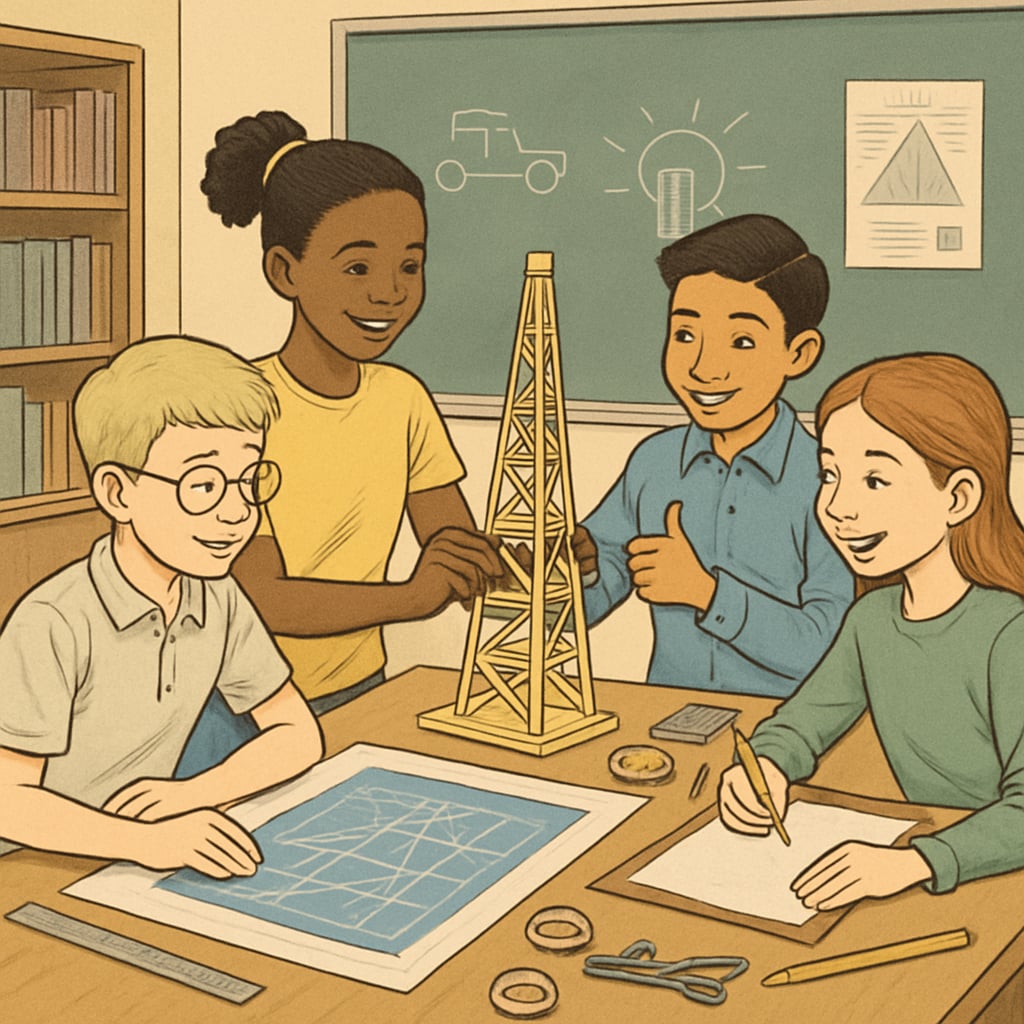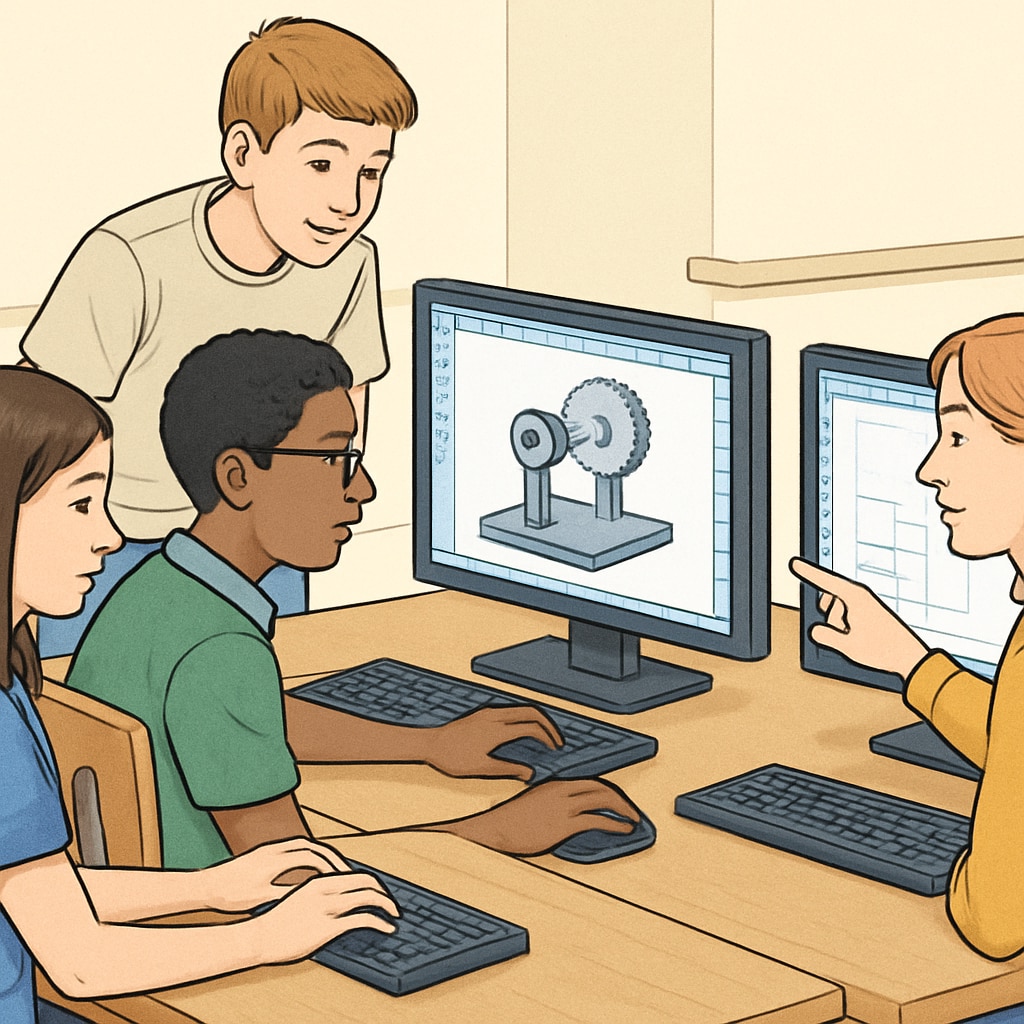In today’s rapidly evolving world, fostering engineering design thinking from an early stage is essential for students to thrive in future career paths. The intersection of engineering design, master’s degree aspirations, career development, and degree choices highlights the importance of equipping students with problem-solving and critical thinking skills during their K12 education. This article examines strategies to cultivate engineering design thinking in young learners and explores how it lays a strong foundation for future academic and professional success.
Why Engineering Design Thinking Matters in K12 Education
Engineering design thinking is a structured approach to problem-solving that emphasizes creativity, collaboration, and analytical skills. By introducing these principles in K12 education, educators can prepare students for challenges in higher education and professional environments. For example, students exposed to engineering design concepts may be more inclined to pursue STEM degrees, including master’s programs in design engineering, as they develop a mindset geared toward innovation and efficiency.
Moreover, cultivating design thinking early has broader benefits. According to Design Thinking on Wikipedia, it encourages adaptability and the ability to tackle complex, interdisciplinary problems—skills highly valued in industries ranging from technology to healthcare.

Effective Strategies to Promote Engineering Design in K12
Implementing engineering design thinking in K12 education requires thoughtful planning and execution. Here are some practical strategies:
- Project-Based Learning: Encourage hands-on activities where students design, prototype, and test solutions to real-world problems.
- Integration of STEM Subjects: Combine science, technology, engineering, and mathematics to demonstrate how interdisciplinary knowledge aids in solving complex challenges.
- Mentorship Programs: Connect students with professionals in engineering fields to inspire career aspirations and provide real-world insights.
- Technology Tools: Use software like CAD (Computer-Aided Design) to let students experiment with design concepts and visualize outcomes.
These approaches not only make learning engaging but also help students build foundational skills that align with future career development goals.

The Role of Parents and Educators in Career Development
Parents and educators play a pivotal role in guiding students toward informed decisions about their academic and professional futures. Encouraging exploration in engineering design during K12 can lead to clarity in choosing advanced degrees like a master’s in design engineering. Additionally, fostering conversations about career paths helps students link their interests to potential opportunities.
Resources like Engineering on Britannica provide accessible information to support parents and teachers in understanding the scope of engineering careers and their impact on society.
As a result, students gain both the technical skills and the confidence needed to navigate their academic journey, ensuring they make informed degree choices aligned with their career aspirations.
Preparing for Advanced Degrees and Careers in Engineering
While K12 education sets the stage, higher education solidifies the pathway. Students with exposure to engineering design thinking are better equipped for rigorous master’s programs in design engineering. These advanced degrees often focus on specialized areas such as robotics, sustainable design, or systems engineering, all of which require strong analytical and creative abilities.
Furthermore, career development in engineering offers diverse opportunities, from product design to aerospace innovation. By nurturing design thinking skills early, students are primed to excel in these dynamic fields and contribute meaningfully to technological advancements.
In conclusion, the integration of engineering design thinking within K12 education is a vital step toward shaping confident, capable learners ready to tackle challenges in higher education and professional settings. By prioritizing this approach, parents and educators can ensure that students make informed choices about their degrees and careers, ultimately leading to fulfilling and impactful futures.


